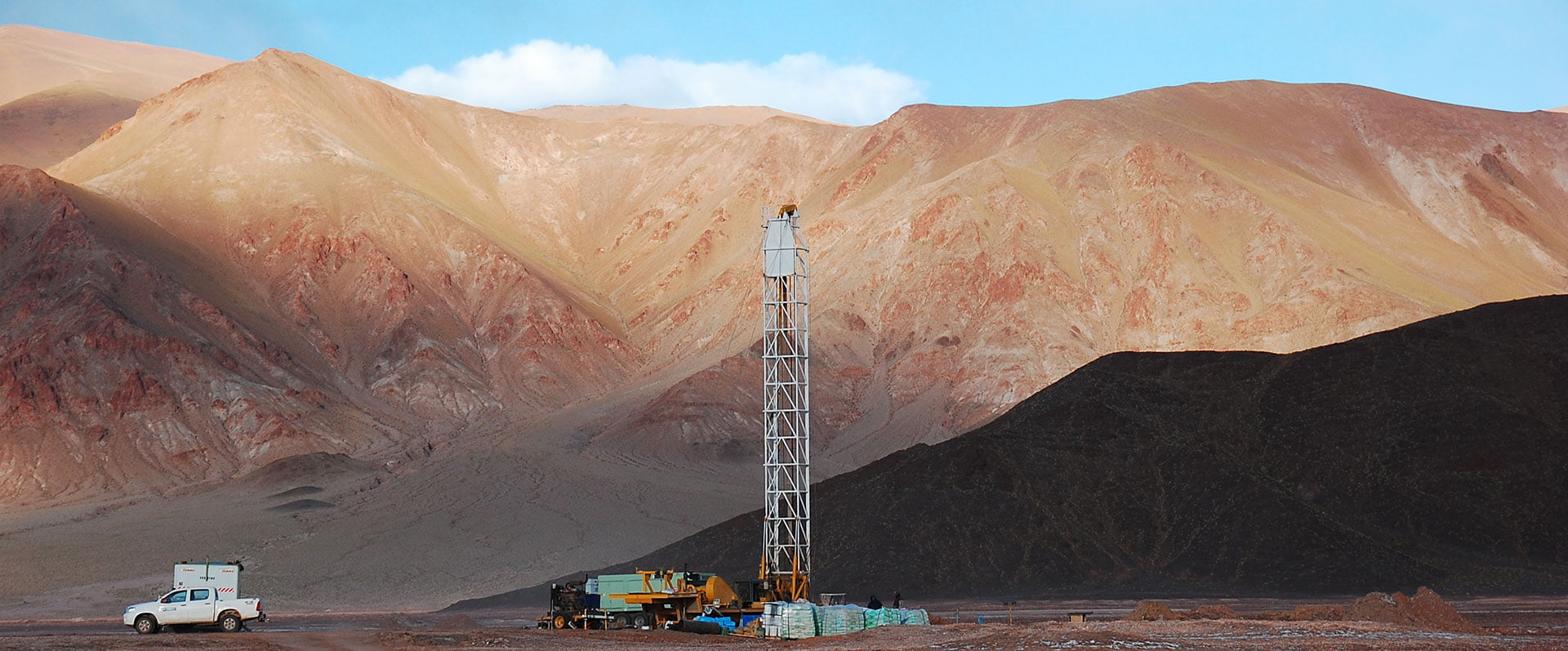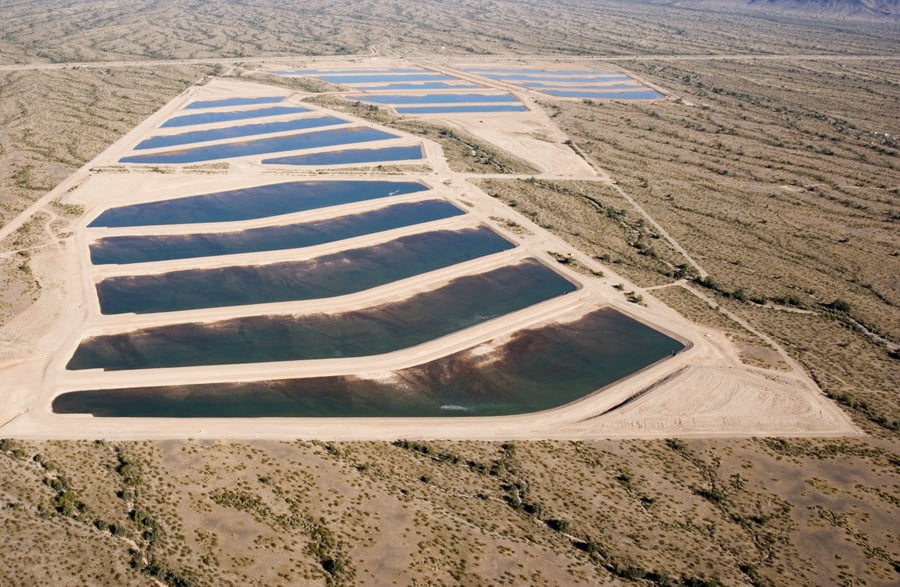As withdrawals from aquifers increase rapidly in the U.S. and around the world, new technologies must be applied to help manage and sustain groundwater resources. Research clearly shows that many of our critical aquifers are not replenished quickly. Fortunately, considerable progress is being made on one technology for aiding in their replenishment — Managed Aquifer Recharge (MAR), which relies on processes such as surface infiltration or underground injection. Many water providers in Arizona and (increasingly) elsewhere in the world use MAR to store water for subsequent recovery, to improve water quality, and/or to create environmental benefits.
MAR’s value is also being increasingly recognized by the mining industry, particularly in water-scarce, mineral-rich countries. In South Africa, the Department of Water and Sanitation has pursued an “Artificial Recharge Strategy” for groundwater resources for many years. Likewise, Australia has recently tightened its regulations, requiring mines to return water from dewatering operations back to source aquifers. Although these types of applications are relatively new, the concept and technology are both well developed and proven.
MAR has the potential to provide many benefits to mines. Conserving water is one such benefit; improving operational efficiencies is another. When integrated into the dewatering process, mines can intercept water from an aquifer before it enters the open pit or underground workings, thereby reducing the volume that becomes chemically degraded through contact with those workings. This in turn reduces the pumping and treatment costs normally associated with such water before it can be legally discharged from the mining site. MAR also frees mines from the infrastructure and maintenance requirements of surface water impoundments. Subject to water quality standards and environmental frameworks, surface water can be conveniently stored in aquifers and recovered when required. This practice not only minimizes evaporation, which can be significant in surface reservoirs, but it also offers some protection to water quality from security threats.
Furthermore, MAR may benefit the local communities that surround mines. Water that is extracted as part of the dewatering process may be re-injected at locations where it can benefit other users and/or the environment. Indeed, MAR could be a valuable tool for addressing the social tensions that commonly arise in nearby communities; increasing the public’s access to drinking and agricultural water could help offset concerns about the potential impact of dewatering on the groundwater resources in the area.
Numerous opportunities exist for mines to improve water management through MAR. There are many examples of successful projects around the world, and authorities here in the U.S. and abroad have signaled considerable interest in expanding its role in their country’s water future.
—Hugh Klein










